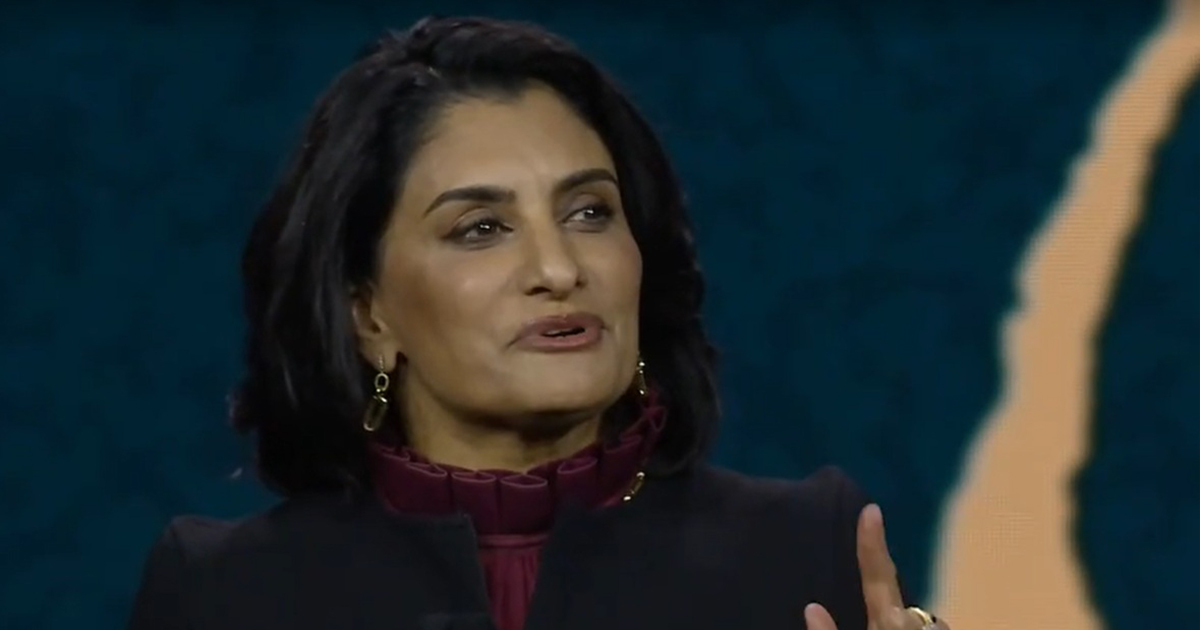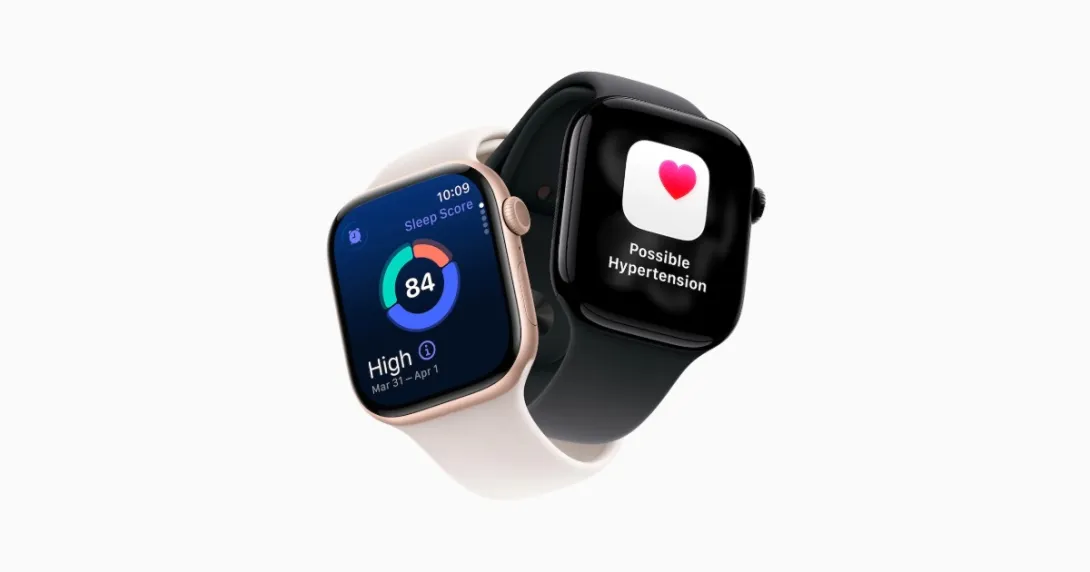
Dr. David K. Butler, an Epic Emeritus CMIO and clinical informatics leader at Calyx Partners
Photo: Dr. David K. Butler
Chief information officers, chief medical information officers and other clinical and IT leaders are well familiar by now with the many challenges of implementing and optimizing new electronic health record systems. And many have come to view the project with chagrin.
But despite the hurdles, and regardless of the EHR type or brand, there's little choice but to successfully get through the process – often with the help of consultants, or pros – like those in the Epic Emeritus program.
Even with the most successful deployments, it usually takes some time before a true transformation of practice takes place. And there will still be tweaks and adjustments to workflows along the way – with perhaps a bigger optimization programs even later.
But what about the period immediately before bringing the new EHR fully online – mid-implementation, pre-transformation?
Dr. David K. Butler has come up with a term for this time. He calls it "peri-go-live" – basically it's the period just before the switch is flipped to the first months afterward.
"Peri-go-live is a way of naming the 'messy middle' of EHR implementation, where physicians are straddling two realities – they're still working in their legacy systems, which they love, and they have a new system on the way," Butler explains.
Peri-go-live includes the beginnings of the post-go-live period, which he said is "the most misunderstood" phase for new EHRs.
Butler is an Epic Emeritus CMIO and clinical informatics leader at Calyx Partners. In both positions, he mentors CMIOs and advises CIOs and other health IT leaders at hospitals and health systems on important elements of healthcare information technology.
Butler has led major EHR initiatives for health systems across the U.S. His background includes having served as:
- Vice president of transformation and optimization at Sutter Health, where he led the largest single-instance Epic optimization in the U.S., covering 5,000 physicians and 38,000 employees.
- Associate CMIO at Bon Secours Health System, where he directed a $400 million Epic implementation and achieved HIMSS Stage 7 across acute and ambulatory settings.
- Interim CMIO at KeyCare, where he increased physician efficiency by up to 35% and reduced medication order changes by 50%.
- Interim CMIO at The Guthrie Clinic, where he developed the "Black Bag Series," now recognized by Epic as a classic model for physician engagement.
Healthcare IT News sat down with Butler for a deep dive into the "messy middle" of EHR implementations.
Q. Please describe "peri-go-live" a bit more than I have already.
A. Physicians are trying to train on the new system, they're trying to adapt, and they're still seeing a lot of patients. Then comes the full move into the new, integrated EHR. That's where things are the most fragile, where in my experience in the Epic Emeritus Program we provide the most meaningful support. It's a zone where trust, workflow, change management and human adaptations are in play all at once. There's a lot going on.
Very few people get a chance to experience this more than once in their life. An electronic health record implementation is probably the most disruptive psychosocial thing you can do to a clinician, outside of residency training. It's an area I don't think we give enough attention to as we discuss physician well-being and burnout.
With the Emeritus Program, I get in early and during go-live with at-the-elbow support, especially with more senior physicians. They really are struggling with the speed of change not only in healthcare but with all the tasks they're required to do in the EHRs for insurance reasons and patient messaging and all these new things that were never part of something we would say was "normal medicine."
Q. You're the CMIO. You've got that background. Talk about the peri-go-live zone and how it impacts physicians.
A. I've been doing this for 20 years, and this is where my thought process comes in, my framework when we approach these things. Twenty years of work with doctors at the intersection of medicine and technology. So, I'll tell you a bit about myself, which is where peri-go-live comes from.
I am a clinician and hospitalist trained in internal medicine and pediatrics. I worked around 10 years in healthcare before I started shifting from the bedside to the boardroom and doing a lot of physician executive informatics work.
When I first got out of residency, I considered myself a digital native as a physician because the first day of med school was when they announced, in 1995, "You guys are going to have to now check something called email once a week." We were like, "What is email?" I think my generation of docs, Generation X, we saw the paper world, and then we helped transition into the pixel world.
During this whole transition, the software was clunky. I was sending screenshots to anyone who would listen because I felt like it was slowing me down. It was not allowing me to interact with the patient. So, these frustrations built up over 20 years. And I was lucky that this small company at the time named Epic was listening.
When I was ranting, they were writing things down. And they started fixing things. And I realized how powerful the software was at getting plans out of my head. When you come to me as a patient, I tell you exactly what I need to do after discussing things. But once you have to go to that computer, once you turn to that computer, now a lot of things get lost.
I have always said the cognitive friction the EHR causes must be addressed via the user experience, the user interface, things like that. I really got passionate about making that experience easier so: No. 1, patients can have a better experience; No. 2, physicians can have a better experience; and No. 3, we can leverage all the knowledge we have of medicine.
So, over the years, I've been working with all these doctors, training them how to use the systems. They're frustrated because they're not as techy as me. You have to design a system for them. I felt like training, getting the right type of trainers, the script, physician engagement, change management, governance – all of these things have to come into play to really do an implementation right. And then ongoing optimization and true transformation.
Then we could rebuild the trust that was lost over the years. That's when workflow fixes come in.
Q. Please describe the phase of physician advocacy and workflow optimization, particularly around restoring trust in the EHR and mentoring clinical leaders in that "messy middle" just before go-live to true transformation.
A. The post-go-live period, I find, is the most misunderstood. You know how they say, "If you go live with Epic, that's all you need to do. Pick the right software and you can forget about it." Well, that's so not true in the EHR implementation space because it's the post-go-live where many leaders treat the cutover.
When they cutover all the labs, they move the labs from the legacy system, the scripts, the notes and things like that, they cutover as a finish line – when in reality, it's just a starting gun for real change. I think physicians are vulnerable here. They feel the EHR was something done to them instead of built with them.
Today you need to see 20 or 25 patients a day to make the ratings that say a physician is, quote, productive. Those numbers continue to go up. They don't have the time to really do deep training beforehand on a new system because you can't land the plane and fix it at the same time.
My role is to advocate, listen deeply, and then restore the trust during this post-go-live period, which often means going beyond just click fixes and even leaning into mentoring clinical leaders.
I can't tell you how many times I have been elbow-to-elbow with some physicians who were very frustrated they had to do this. These are 60-year-old-plus doctors who have done a great job in healthcare. They're smart and sharp as far as clinical decision making and diagnostic skills go. But now, using and leveraging an EHR seems to be a bigger burden to them than it's ever been.
Physician burnout is the highest it's ever been. Of course, the EHR is causing some of this, especially in this "messy middle." Optimization really isn't about features. It's about helping doctors feel safe, effective and even inspired a bit to grow into the EHR. I know that sounds cheesy, but I'm a boy scout when it comes to this stuff.
Q. You've told me you have some great stories to tell about working in the zone of peri-go-live at hospitals and health systems. Please tell a story that really sticks out to you about where you were able to work with people in the peri-go-live zone, where things went really well because of ways you taught or things you brought to the table.
A. I was helping at a two-hospital health system in the Northeast. There's a lot of mergers and acquisitions going on. A three-hospital health system merged with the two-hospital health system. Within three months, not only did they combine their operations and everything else, they then implemented Epic software.
They barely had enough time to figure out how do we do new operations with this new team and the new leadership and all the things that go with M&As – then they implemented Epic. It was very palpable as I was going around for at-the-elbow support.
I bounced through about 10 different clinics throughout that week. I went in, I talked with the practice managers, asked how they were doing. How many patient messages are coming in? Things like that. There are a lot of independent doctors who are dependent on those systems for their livelihoods.
At this one particular physician practice, they weren't going live on Epic. There's this tool called Epic Care Link that we provide for these kinds of doctors so they have a web-based system and they can see any patients attributed to them in their health system. Well, this practice was classic. It has been there for 30 or 40 years, a very high-end clientele goes to this practice.
The doctor there was a very good diagnostician. However, she did not want to be bought, did not want to go in the fold of a large health system. I was able to go out and work with her in her clinic. This is not even an Epic doctor. It was a private practice that was very closely associated in the community, respected.
I was able to work with her and her staff, and I think her staff's average age must have been 55. They've been there forever as a team, but they did not understand all this tech stuff. So going there, working with them two or three hours, it was just amazing. When I showed up, the whole staff was like, "Who are you? Why are you here? Dr. X, she doesn't see anyone unless you make a plan."
They were really perplexed. And then within five minutes, Dr. X walked in, she was ready because the staff was telling me she never comes early. She doesn't do that, but she showed up and she was ready to learn.
She was a very good manager of that practice, and we were able to show her a lot of cool things, how she can continue to read EKGs, how she can continue to use the hospital for labs, how she can order things inside this web-based portal that her staff would normally have to do paper-based work and fax and fax and fax. They just didn't have any training.
They knew the system was going live for this organization over there, and I don't think they realized how many unintended consequences there would be when it came to delivering clinical care in their operation.
To this day she'll email me and say, "I'm really doing good on this." I'm really proud of the dopamine hits I receive in IT now versus when I was in my earlier career. As a doctor, patients say, "Thank you, Dr. Butler. This and that, this and that." It's really cool. But once you get on the IT side, IT is a very thankless field in healthcare.
You talk with many of my CEO colleagues and they probably will agree. But this is one area I feel like it's a great mix of getting your dopamine hit, helping docs see patients more effectively, and just overall contributing back to the larger picture of healthcare.
Click here to watch a brief video of bonus content with Epic Emeritus CMIO Dr. David K. Butler, who discusses important facets of EHR implementation and optimization.
Follow Bill's health IT coverage on LinkedIn: Bill Siwicki
Email him: bsiwicki@himss.org
Healthcare IT News is a HIMSS Media publication.
WATCH NOW: EHR implementation, optimization advice from an Epic Emeritus CMIO


